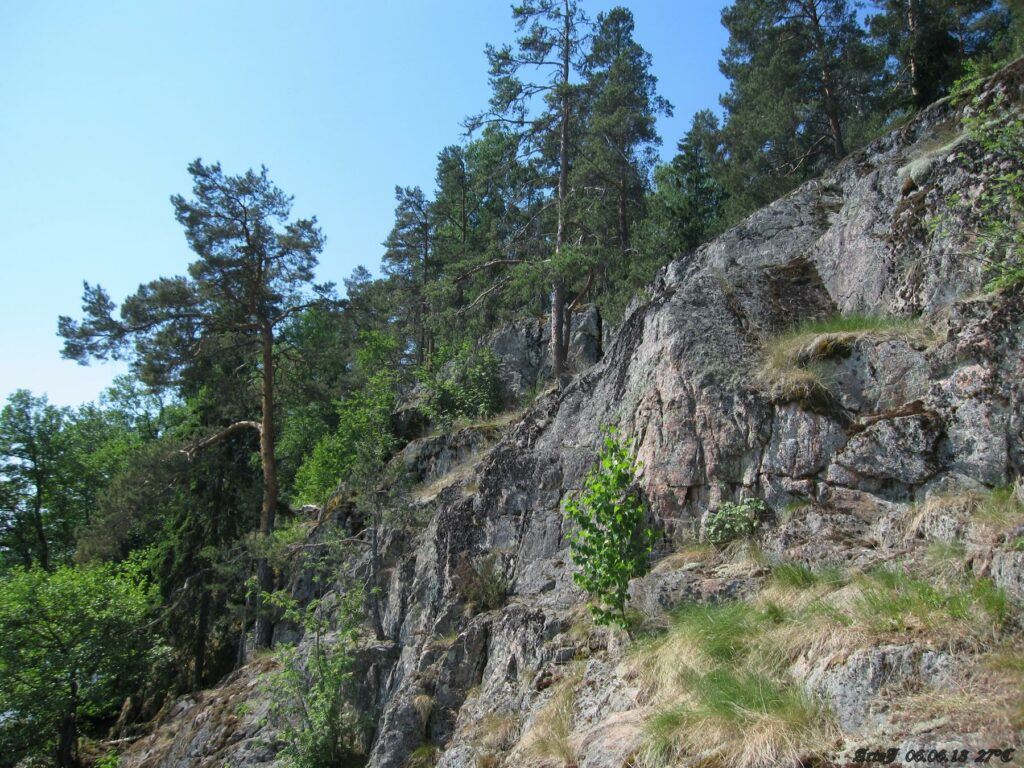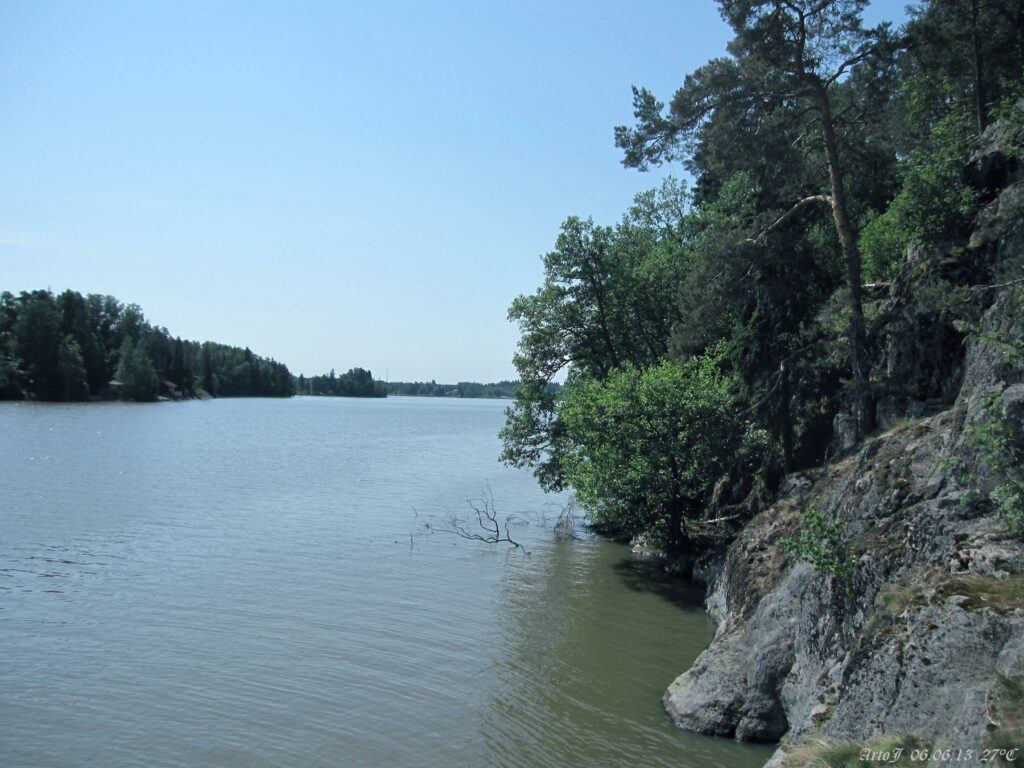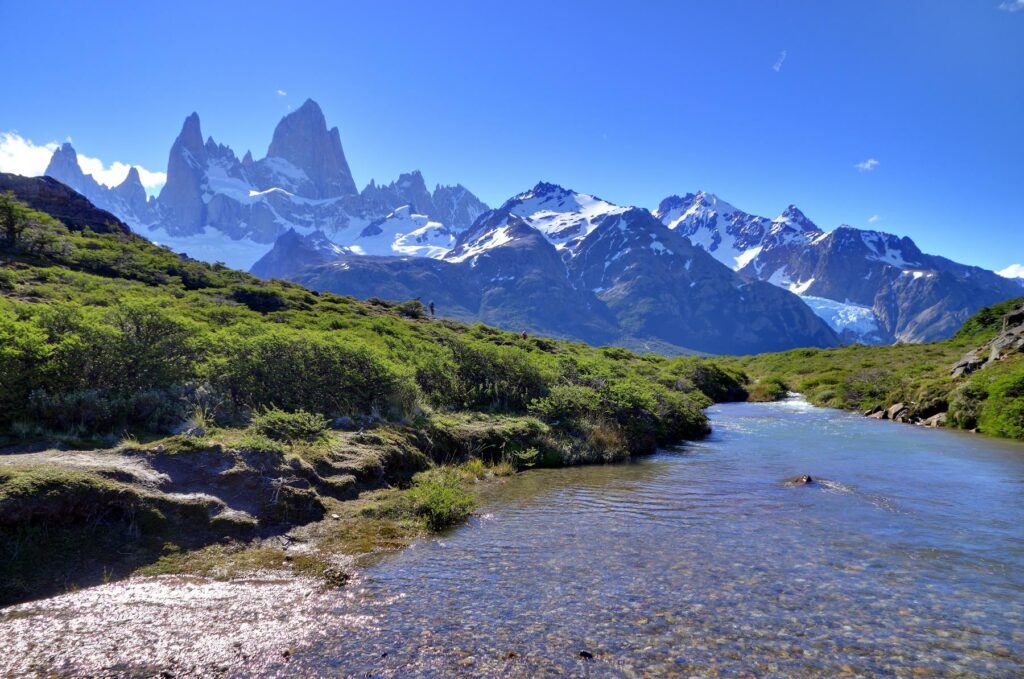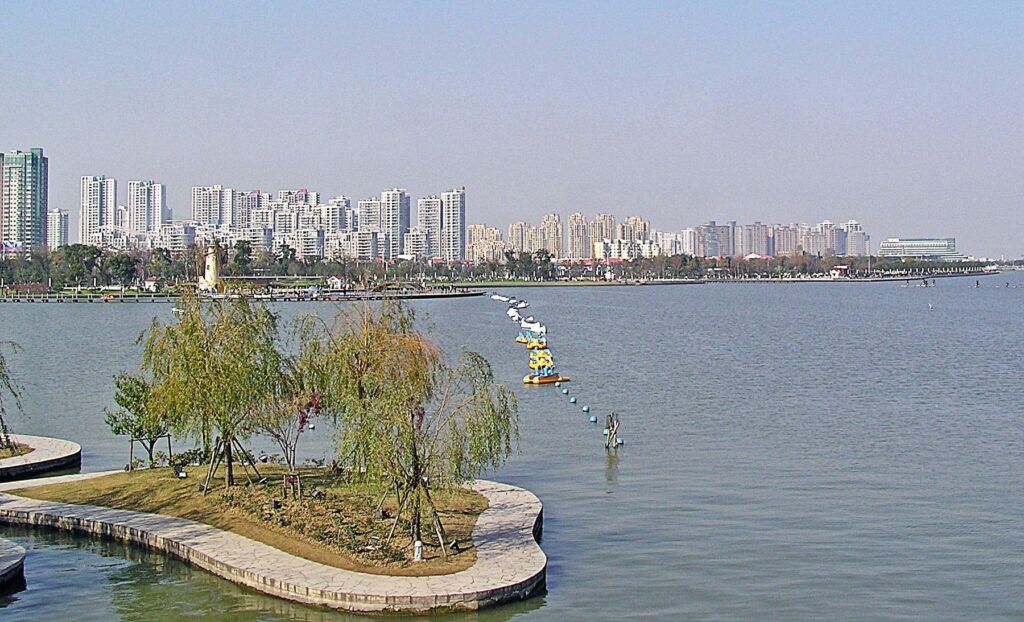As outdoor enthusiasts, we relish in the beauty and tranquility of nature. Whether it’s camping in the woods or hiking a mountain trail, nothing compares to the serenity of being surrounded by natural wonders. However, with this privilege comes great responsibility – preserving these landscapes for future generations. This is where Leave No Trace principles come into play. In this blog post, we’ll dive into what Leave No Trace is and how mastering its principles can ensure that our actions don’t harm the environment while camping. So grab your backpack and let’s explore the art of leaving no trace!

Understanding Leave No Trace Principles: A Beginner’s Guide to Responsible Camping
Leave No Trace principles are guidelines aimed at minimizing the negative impact of human activity on the environment. If you’re new to camping or outdoor recreation, it’s important to understand these principles before embarking on your adventure. The philosophy behind Leave No Trace is simple: enjoy nature while leaving as little trace of your presence as possible. This means packing out all trash and waste, staying on designated trails, and avoiding damaging natural features.
One of the fundamental aspects of Leave No Trace is respecting wildlife by keeping a safe distance and avoiding behaviors that could harm them. Another principle is minimizing campfire impacts by building fires in established fire rings or using a stove instead. Responsible camping requires understanding how our actions can affect the natural world around us and making an effort to minimize that impact.
By following Leave No Trace principles, we can ensure that future generations can also enjoy these beautiful landscapes for years to come without lasting damage caused by irresponsible human behavior.
The Importance of Leave No Trace Principles in Outdoor Recreation
Outdoor recreation is a refreshing way to appreciate nature and its beauty. However, it’s essential to maintain the environment as we found it for future generations. This is where leave no trace principles come in handy. These principles are ethical guidelines designed to help preserve natural resources while hiking, camping or participating in any outdoor activity.
The importance of leave no trace principles cannot be overstated. It helps prevent environmental degradation caused by humans’ activities such as littering, trampling on vegetation, starting fires carelessly and disrupting wildlife habitats. When hikers and campers adopt these principles into their lifestyle, it leads to sustainable camping habits that do not cause long-term damage to the environment.
By following Leave No Trace Principles such as “Pack It In, Pack It Out,” “Leave What You Find” and “Respect Wildlife,” people can enjoy outdoor adventures without causing lasting harm to the ecosystem. The goal isn’t just simply cleaning up after oneself but also minimizing one’s impact on an area altogether.
As more individuals engage with nature through various recreational activities like camping or hiking trips – it becomes increasingly important that we incorporate Leave No Trace Principles into our day-to-day lives for a more environmentally conscious society
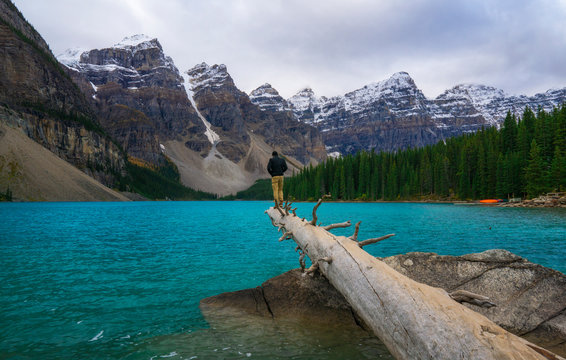
Mastering Leave No Trace Principles: How to Preserve Natural Wonders While Camping
Leave no trace principles are all about preserving natural wonders while camping. It’s important to minimize our impact on the environment as much as possible when we’re out in nature. One of the key principles is packing out everything that we pack in, including trash and even food scraps like banana peels or apple cores.
Another principle is being mindful of where we camp and how we set up camp. We should always choose established campsites whenever possible, to avoid disturbing new areas with potential wildlife habitat. If there aren’t any established sites, then it’s vital to learn Leave No Trace techniques for setting up a temporary site properly.
Cleaning up after ourselves is another way to practice Leave No Trace principles while enjoying the great outdoors. This includes taking care not just of personal waste but also remembering to douse campfires completely before leaving them – this ensures that fires don’t accidentally reignite and cause destruction down the line.
Whether you’re an experienced camper or brand new to outdoor recreation, mastering leave no trace principles can help make your trips more sustainable so future generations can enjoy our natural world too!

5 Simple Ways to Implement Leave No Trace Principles on Your Next Camping Trip
When planning for a camping trip, make sure you are familiar with leave no trace principles to preserve the natural environment. Here are some simple ways to implement them on your next trip:
- Dispose of waste properly: Pack out all trash and leftover food, even biodegradable ones like fruit peels or eggshells. Digging catholes is only allowed in certain areas and be sure to bury human waste at least 200 feet away from water sources.
- Minimize campfire impact: Use established fire rings if available or bring a portable stove instead. Keep fires small and put them out completely before leaving. Don’t burn plastic or cans and do not collect firewood around the campsite as it disrupts wildlife habitats.
- Respect wildlife: Observe animals from afar without approaching them or feeding them human food which can harm their health and alter their natural behavior.
- Leave what you find: Avoid picking flowers, rocks, or artifacts as souvenirs because they have important roles in ecosystems such as providing shelter for insects or preventing erosion.
- Stay on designated trails: Walking off-trail causes irreversible damage to fragile ecosystems and disturbs local wildlife populations.
By following these basic guidelines, we can ensure that future generations will enjoy nature’s beauty just as much as we did!

Leave No Trace Principles: Why Every Outdoor Enthusiast Should Know Them
Leave No Trace Principles are a set of guidelines that promote responsible outdoor recreation. Every outdoor enthusiast should know and implement these principles to minimize their impact on the environment. These principles include disposing of waste properly, leaving natural objects undisturbed, respecting wildlife, and minimizing campfire impact.
By following Leave No Trace Principles, you can help preserve natural wonders for future generations to enjoy. It’s important to remember that even small actions can have a big impact on the environment. For example, picking flowers or disturbing wildlife can disrupt the delicate balance of an ecosystem.
In addition to being environmentally responsible, implementing Leave No Trace Principles can also enhance your outdoor experience. By leaving nature as you found it, you can fully immerse yourself in the beauty of the outdoors without feeling guilty about leaving a negative impact.
Overall, knowing and implementing Leave No Trace Principles is essential for any outdoor enthusiast who wants to enjoy nature responsibly and preserve it for future generations.
In conclusion, it is our responsibility to preserve the natural wonders that we are fortunate enough to explore while camping. Leave No Trace principles provide a framework for us to do just that, ensuring that future generations can enjoy these beautiful spaces in their pristine state.
By understanding and implementing Leave No Trace principles on your next camping trip, you can make a positive impact on the environment and set an example for others. Remember to always plan ahead, minimize campfire impacts, dispose of waste properly, respect wildlife, and leave nature as you found it.
As responsible outdoor enthusiasts, it’s important to continuously educate ourselves about best practices when it comes to preserving our natural areas. We encourage you to check out our other content on sustainable tourism and eco-friendly travel tips. Let’s all work together towards creating a more sustainable future!
FAQs
Who created the Leave No Trace principles?
The Leave No Trace Center for Outdoor Ethics created them.
What are the Leave No Trace principles?
They are a set of guidelines for outdoor ethics.
How can I practice Leave No Trace principles?
By properly disposing of waste, staying on designated trails, and respecting wildlife.
Who enforces Leave No Trace principles?
It is up to individuals to enforce them and educate others.
What if I see someone not following Leave No Trace principles?
Gently remind them of the principles and their impact on the environment.
How do Leave No Trace principles benefit the environment?
They help preserve natural resources and protect wildlife habitats.

